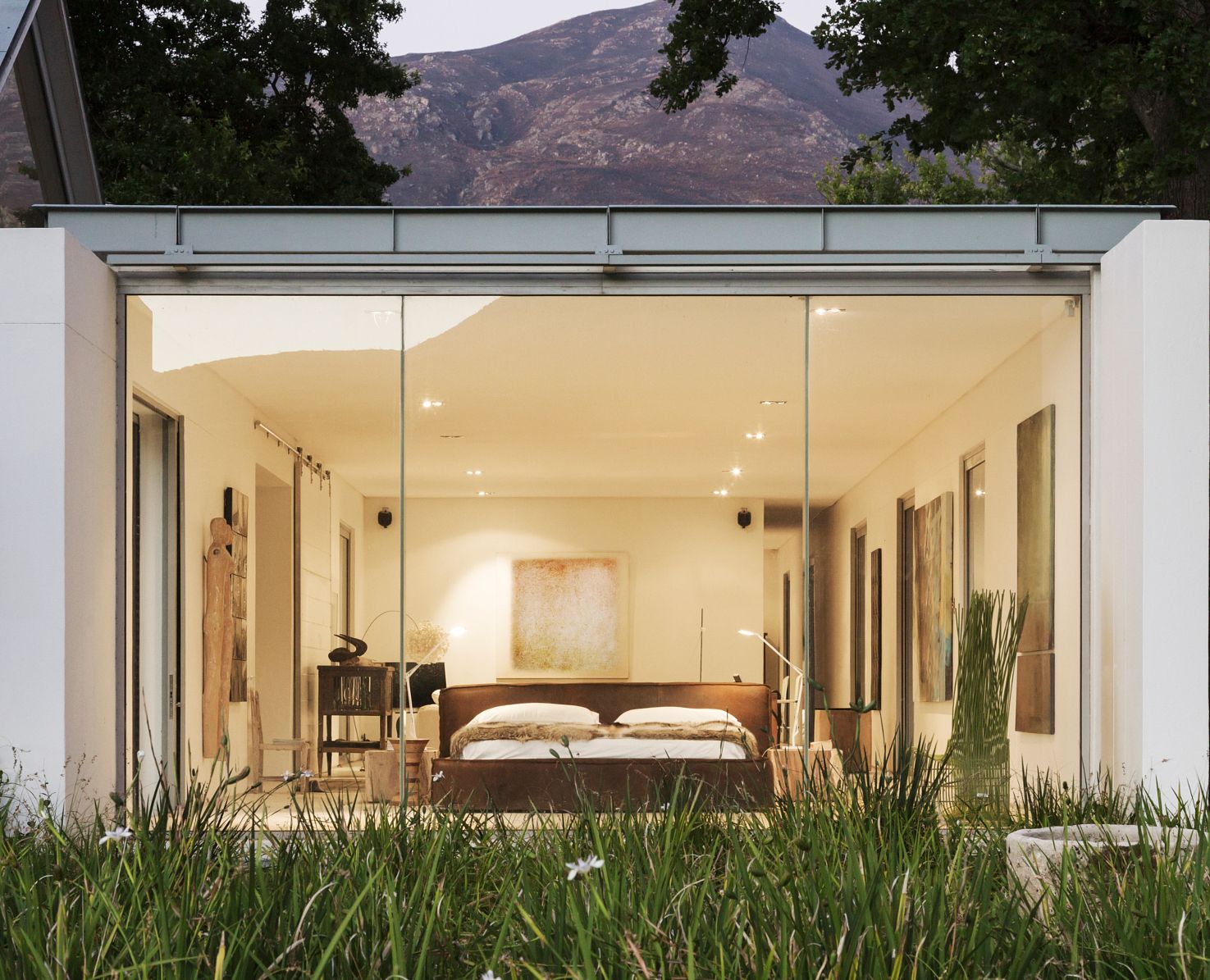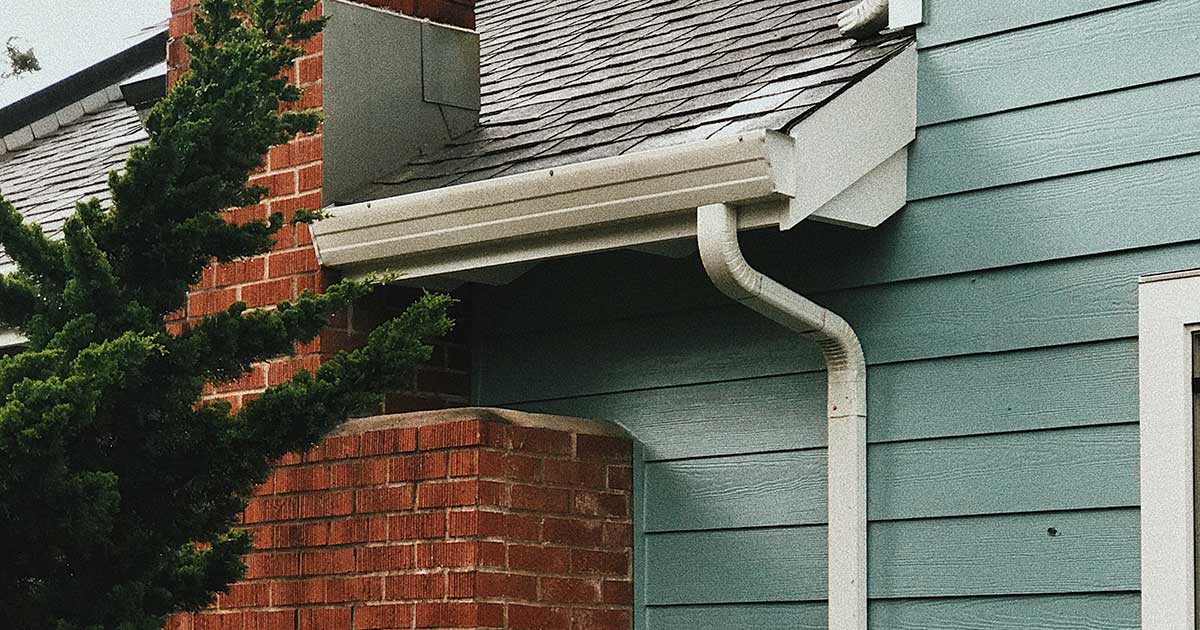As a whole, we don’t have much to be proud of when it comes to homeowner environmental responsibility: Canadians have the third highest per capita energy use in the world, and on average, we use 300 litres of water per person daily, making us the top household consumers of water globally. This means one thing and one thing only: we’ve got some serious work to do in our homes.
We put together a list of simple, cost-effective upgrades that will help to reduce your home’s energy and water usage, save significantly on your bills, and qualify for government rebates. To note, our numbers below are based on the average water/energy use for the average 3-4 bedroom home at approximately 1,950 square feet.
1. SMART THERMOSTATS
Just a few years ago, the only option for homeowners to control their heating and cooling was to fuss with their thermostats on a day-to-day basis. Times have changed: smart thermostats learn your heating and cooling preferences over time, beginning to self-program after about a week. They automatically turn down when no one is home, and can be controlled from any device at home or from afar. Some products, like the ecobee, use remote sensors to deliver preferred temperatures in your home's most used rooms. Smart thermostats can save you 15%-20% yearly on cooling and 10-12% on heating bills.
Cost: $250 - $350 |Savings/year: $131 - $160 | Products we love: Nest, ecobee, Sensi
2. DUAL FLUSH & SINGLE FLUSH WATER EFFICIENT TOILETS
Toilets account for a third of a home’s indoor water use. A standard toilet operates at 13 liters per flush, whereas water efficient model use only 3 liters per flush. Widely available and no more expensive than a standard model, water efficient toilets will reduce your bills significantly.
Average Cost: $250 | Savings/year: $120 | Water conserved/year: 15,000 - 20,000 liters
3. LED LIGHTBULBS & ENERGY EFFICIENT LIGHT FIXTURES
While you don't have to go ahead and replace all of the lights in your house, replacing the five most frequently used light fixtures and bulbs with energy efficient fixtures and LED bulbs will bring big impact. Despite the upfront cost, it's a no brainer to make the switch to LED bulbs - they use 75-90% less energy than incandescent lighting, and they last for more than 20 years, with the average LED bulb lasting between 20,000 and 50,000 hours (compared to 1,000 hours for the average incandescent/CFL bulb). Certified fixtures use 70% to 90% less energy and come in hundreds of styles, for the budget-friendly and high-end deco types alike.
Cost: $5 per bulb, $30 - [however much you're willing to spend] per fixture | Savings/year:* $75-$90 | *Based on 5 60W bulb being used 3 hours per day, 7 days a week in a certified energy efficient light fixture.
4. FAUCET AERATORS
Inexpensive and simple to install, this small piece of hardware is attached to the tip of a faucet and delivers a mixture of water and air. Aerators decrease water flow by 25% to 50%, and reduce the amount of energy required to heat hot water when used.
Cost: $1.50 - $3.50 per unit | Savings/year: $110 | Water conserved/year: 16,000 - 20,000 liters
5. SERIOUSLY SEALING & INSULATING
If you haven't done so already, assess your home's outer walls, ceiling, windows, doors and floors for air leaks. In the cracks and draughty spots, apply a variation of caulking, spray foam, weather stripping, and certified insulation products, perhaps with the help of a handyman. Fully sealing and insulating your home is one of the most cost-effective ways to save on heating and cooling bills, and will dramatically improve the comfort of your home.
Cost: Depends on the needs of your home. For reference, a small bottle of caulk is about $4, and weather stripping is about $1/meter | Savings/year: $100 - $200
Say you do all 5 upgrades - there is potential for you to save over $500 annually on your household hydro and utility bills. In just a few years, the cost of each upgrade will be covered by the money you've saved on bills, and your home's environmental footprint is not quite so big. What are you waiting for?





